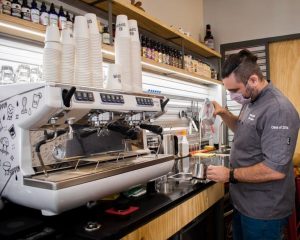

Contact us via WhatApp
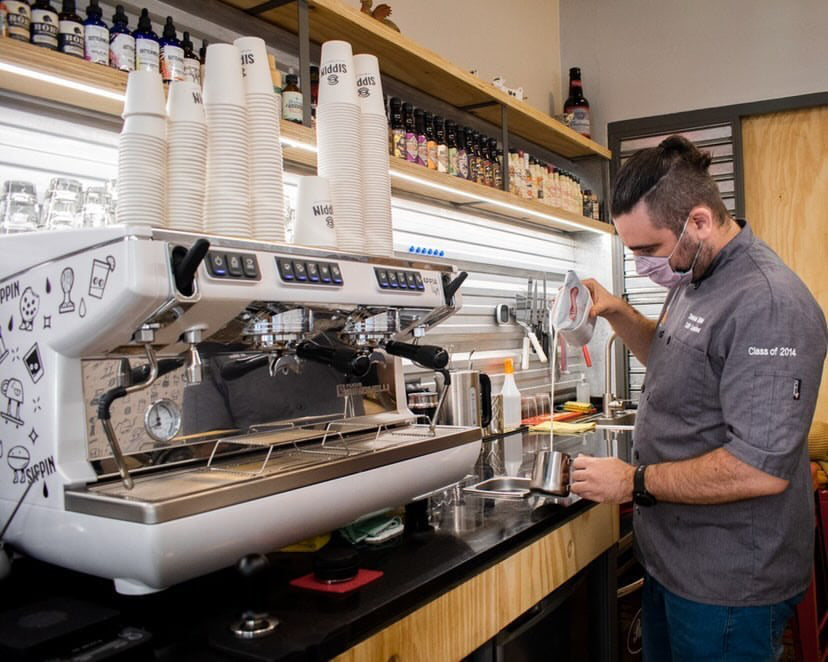
In terms of consistency and flavour, espresso recipes are critical in cafés. How and why are espresso recipes created, and what factors should be considered while creating an espresso recipe? Let’s go a little further into the universe of espresso!
When producing espresso, there are three key factors we want to (at least) measure: dosage, yield, and brew time. Those performance measurements should be checked regularly by a barista, and some may even go so far as to check them for every espresso that they produce.
It’s worth noting that from now on I’ll only be talking about double espressos. In my view, always make a double and never use a single spouted portafilter. But that’s another discussion; for now, let’s stick to the recipes.
Dose means the amount of dry coffee that you are using.
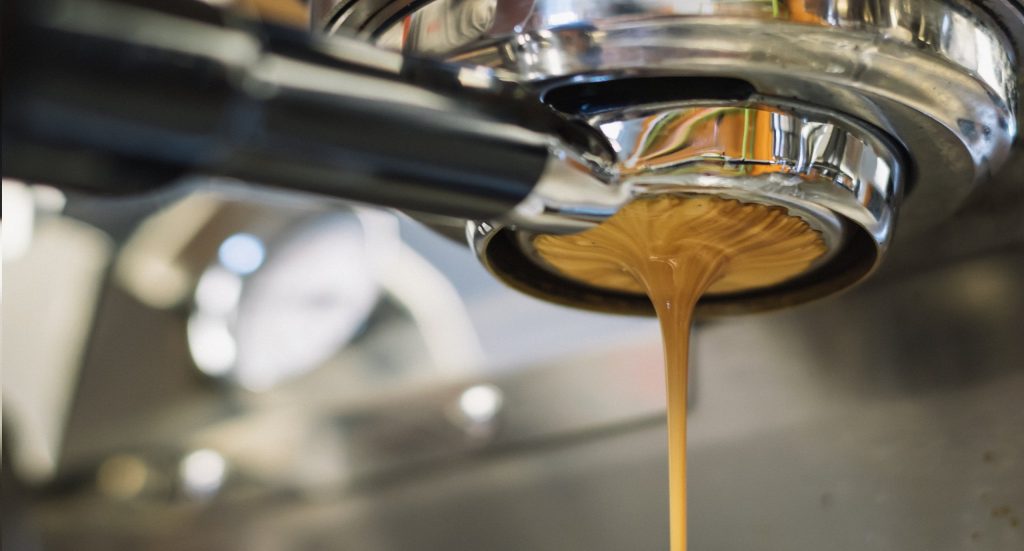
Dose is usually measured in grams, and it is commonly accepted that for double espresso, you should use between 14 and 24 grams of coffee. 14 g used to be the standard when espresso coffees were roasted darker, but over the last decade, dosages have grown as lighter and lighter roasts have been utilised in espresso.
I always begin my espresso recipe with dosage. So, how do I know how many grams to use? This is the simplest step in the recipe-creation process. Simply measure the basket size of your portafilter. The amount of coffee you should use should be determined by the size of the basket. For example, at our training facilities, we have 20-gram baskets, therefore I would need around 20 grams of coffee for my recipe.
Even if you have 20-gram baskets, you might use slightly more or less coffee depending on the roast. If your coffee is lighter in roast, I recommend a smaller dosage (18-20 grams in 20g basket). I would use a little higher dosage for a darker roast (20-21 grams in 20g basket).
If I needed to use less coffee, say 14 grams, I would have to go to smaller baskets. Smaller doses in larger baskets will very certainly cause channeling issues due to the excess area for water. Channeling occurs when water does not flow uniformly through the coffee puck, causing channels to form.
Yield means the amount of liquid (coffee) you have in the cup.
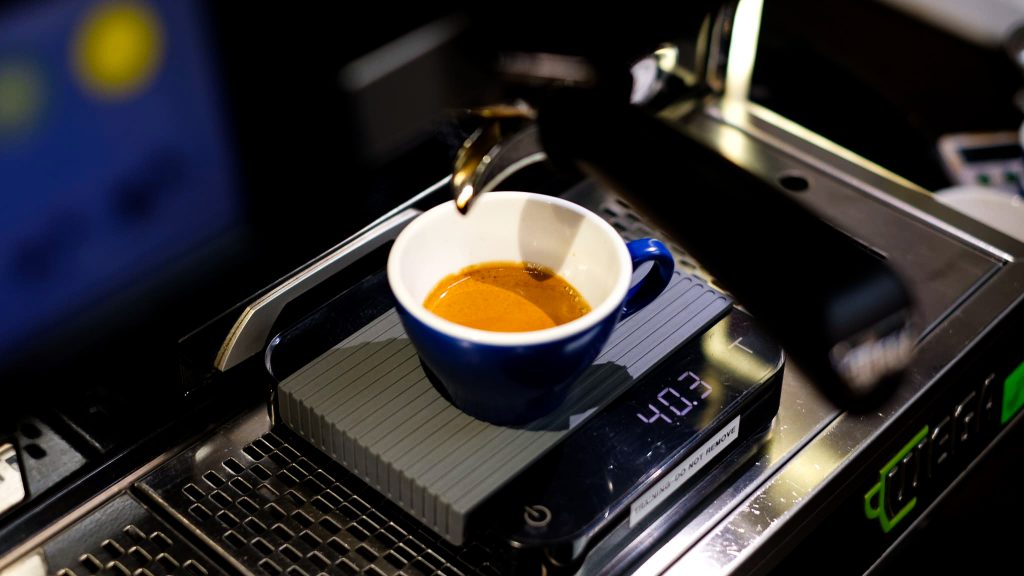
Traditionally, yield was measured in millilitres (ml), but in the recent decade, an increasing number of baristas have begun to utilize scales and measure output in grams. The benefit of measuring in grams is that your volume is not affected by the freshness of the roast, as it is when measuring in ml.
Yield is frequently expressed in ratio to dosage, for example, 1:2, which implies that with a 20g dose, your yield would be 40g.
More examples;
15g dose, 37g yield = 1:2,5
17,5g dose, 47,5g yield = 1:2,7
22g dose, 44g yield = 1:2
Using more water than required may dilute your espresso (make it weaker). Using less water in comparison to the dosage will result in a stronger espresso.
I recommend starting the recipe with a 1:2 ratio. I’ve found that using a 1:2 ratio keeps the espressos pleasantly robust but not too powerful to taste all of the subtleties. The 1:1,5 ratio may make the espresso overly powerful and overbearing, masking all of the pleasant flavors that the coffee has to offer. With some coffees, it may also be beneficial to reduce the strength to 1:2,5 so that the coffee opens up more.
When crafting espresso recipes, I would recommend not changing the ratio from 1:2 until you have tested at least a few different brew periods. If you find that a 1:2 ratio with varying brew periods is not producing satisfactory results, you should experiment with alternative ratios.
Brew time means the time it takes to brew the espresso. From the push of the button until you have reached desired yield in the cup.
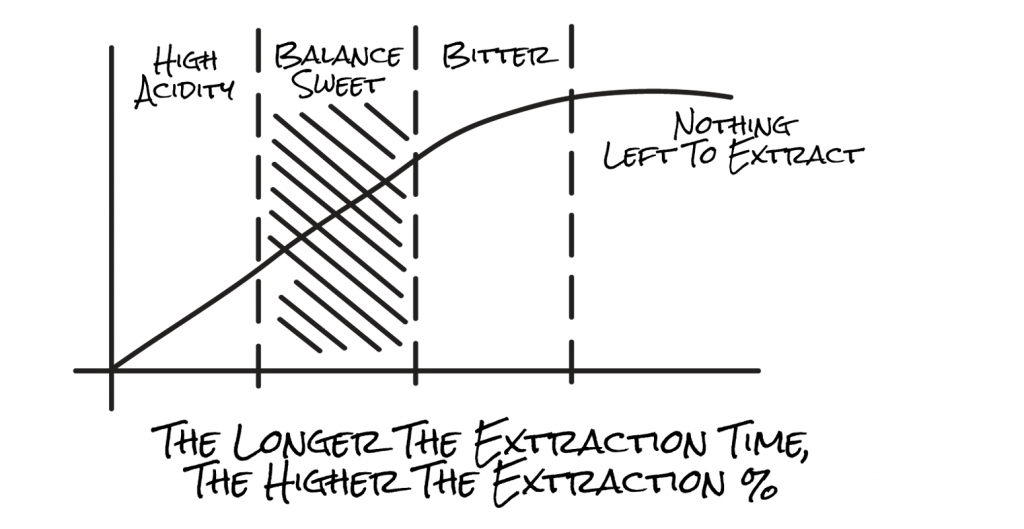
Brew time can be anything between 20-35sec.
It is often assumed that the brew time for espresso should be between 20 and 35 seconds. Darker roasts benefit from shorter brew periods, whereas lighter roasts benefit from longer brew times. It’s because darker roasts are less thick (shallower), making flavor extraction simpler. Lighter roasts, on the other hand, are “tighter packages” (denser), requiring more time to extract the same quantity of flavor. I recommend starting brew times with heavier roasts at 20-25 seconds and lighter roasts at 25-30 seconds. Every coffee has a “sweet spot” in terms of brew time, which the barista must seek by adjusting the grind size.
For me, it’s easier to discover the brew time at which the coffee begins to taste bitter and then return to the previous brew time that wasn’t harsh.
For example:
25sec = too acidic, hollow taste, short aftertaste
27sec = bright acidity, more flavour, pretty good
29sec = pleasant acidity, more sweetness, balanced flavour and long aftertaste
31sec = sweet but bitter notes
I could have stopped at 27sec or 29sec brew times in the example above, but I needed to know how much sweetness to extract. When the coffee became bitter at 31 seconds, I knew it was over-extracted, so I reduced the brew time to 29 seconds, which is the sweet spot for the coffee.
The temperature of the brew water is referred to as temperature.
Temperature should not be the first thing on your list, but it is something to think about if your espressos aren’t hitting the sweet spot. Higher temperatures facilitate extraction, allowing you to extract more quickly. With lighter roasts, increasing the temperature may be necessary if you are unable to extract enough in 30 seconds. It’s because espresso brews nearly usually channel at the end of the brew, and if you haven’t extracted enough before the channelling occurs, you’ll end up with under-extraction. Increasing the temperature will extract more at the start of the brew, increasing overall extraction.
Brewing espresso requires pressure. Pressure profiling means that the pressure used to brew the espresso is different during different stages of the brew.

To pressure profile, you’ll need an espresso machine like the Synesso, Modbar, or Strada. Because pressure improves extraction, it is best to use lower pressure at the start of the brew for lighter roasts to extract less acidity. Lower pressure at the onset reduces channeling, resulting in higher extraction.
Even extraction means that the brew water runs through the coffee puck evenly and no segment of the puck gives more flavour than the others. Even extraction should always the aim for a barista.
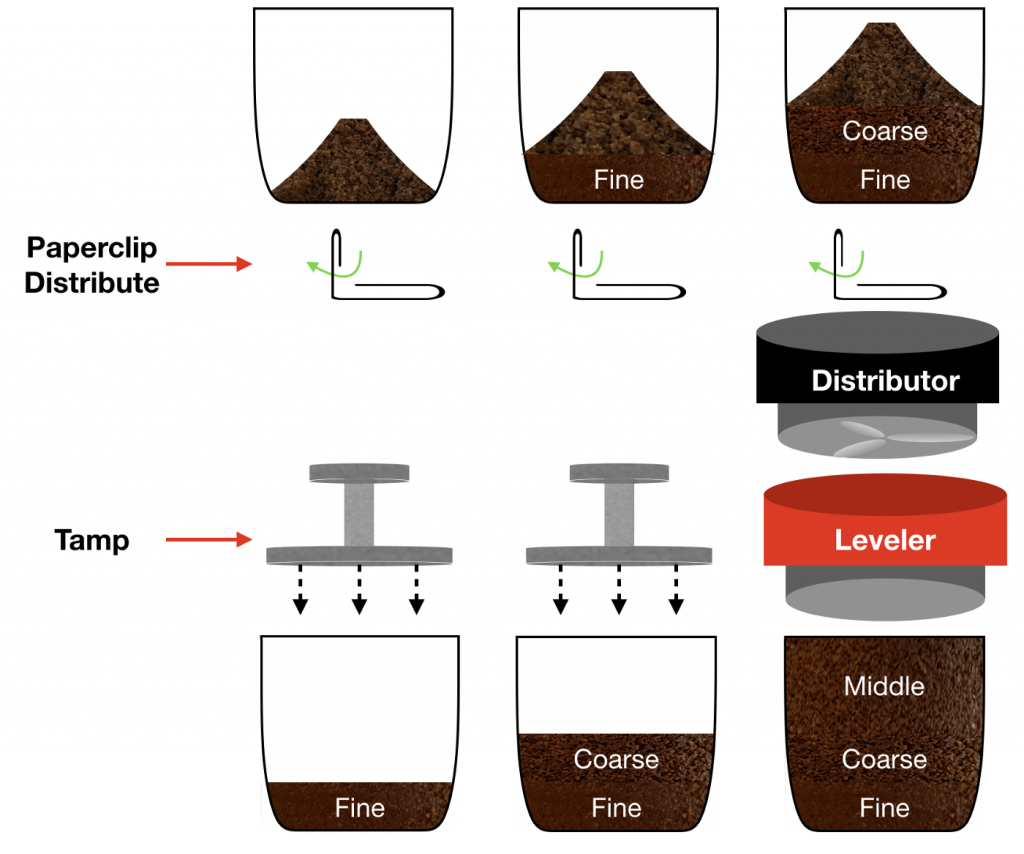
Proper distribution avoids channeling.
In 2022, Tempresso was launched to disrupt the boring tastes and low quality in the coffee industry in the Egyptian market. and we have a mission to operate under is to be “Your Coffee Companion”.
+201010469994 | +201093853566
Contact us via phone
Contact us via WhatApp
Address
55 Ramses St, from Damascus St., in front of Roxy parking - Heliopolis - Cairo
© Tempresso. All rights reserved. 2025